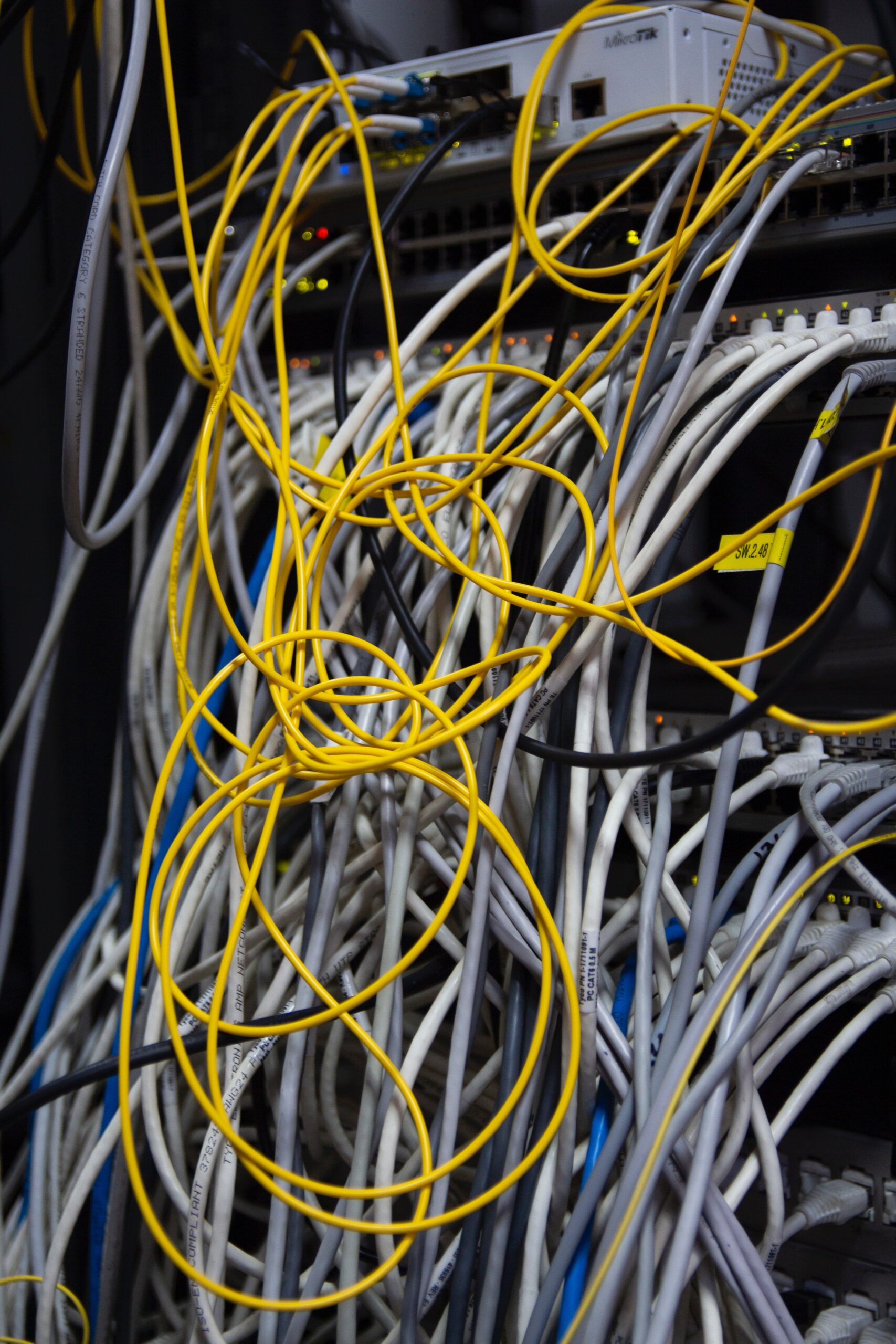Starlink engineering teams have been focused on improving the performance of our network with the
goal of delivering a service with stable 20 millisecond (ms) median latency and minimal packet loss.
Over the past month, we have meaningfully reduced median and worst-case latency for users around the
world. In the United States alone, we reduced median latency by more than 30%, from 48.5ms to 33ms
during hours of peak usage. Worst-case peak hour latency (p99) has dropped by over 60%, from over
150ms to less than 65ms. Outside of the United States, we have also reduced median latency by up to
25% and worst-case latencies by up to 35%.
Latency
Latency refers to the amount of time, usually measured in milliseconds, that it takes for a packet to be
sent from your Starlink router to the internet and for the response to be received. This is also known as
“round-trip time”, or RTT. Latency is one of the most important factors in your perceived experience
when using the internet – web pages load faster, audio and video calls feel closer to real-life, and online
gaming feels responsive. As an example, testing has shown that increasing bandwidth beyond around 10
Mbps does not increase web-page load time, but a reduction in latency results in substantially lower
load times.
To measure Starlink’s latency, we collect anonymized measurements from millions of Starlink routers
every 15 seconds. These 15 second average latencies are then used to calculate the median and worstcase latency. The median (50th percentile or p50) refers to the point where half of the latency
measurements are below that number and the other half are above. The worst-case latency, or 99th
percentile, is defined as the place where 99% of measurements are better than the point. While we look
at data from all points in time, we specifically focus on the performance during hours of peak usage (6-9
PM local time), when the largest number of people are using Starlink, and the network is under the most
load.
What Drives Latency
Latency in the Starlink network is driven by several factors. The biggest ones are:
• Physical speed-of-light propagation from the user to the satellite and back to the ground. This is
in the range of 1.8-3.6ms per leg, and usually under 10ms for the round-trip. Additional latency
can be induced if traffic flows over laser links, instead of directly to the ground (as a result of
congestion mitigation, lack of satellite to ground paths, or other factors). While laser
connectivity is essential for connecting the most remote locations on Earth and for routing
around congestion in the network, we are making strides to ensure that latency sensitive traffic
can flow over the shortest path possible.
• Ground latency from the gateway sites to the internet connection point driven by ground
network layout. In 2024, we are adding 6 internet connect locations (called Points of Presence,
or PoPs) in the US and are optimizing gateway locations and our planning algorithms to ensure
that traffic can land as close to its destination point as possible. We will continue to ensure that
users are allocated to optimal internet connection locations, so that all users get the lowest
latency possible route to the internet.
• Fronthaul (the radio links between the satellite and user) scheduling latency driven by the
network topology and the number of users served by a given beam from a satellite. While this
latency is an inherent part of shared wireless systems, there is significant room for optimization,
and this has been a major focus in the past several months.
• Dumb stuff driven by non-physical limitations in our system – unneeded processing delays,
unoptimized buffers, or unnecessary packet drops that force retries. Buffers across our network
have been right sized to reduce bufferbloat, and queueing algorithms have been improved to
increase capacity on our gateway links from the ground to satellites. Our WiFi latency has been
improved, with the addition of active queue management, fq_codel, to the Starlink WiFi router.
With active queue management enabled, when one person on your WiFi is downloading a big
file, and another is playing a game, the game latency will not be affected by the download.
Continuing Towards Our 20ms Goal
Over the past several months, monitoring and metrics have also been added across the network to
measure latency on every subsystem down to the microsecond. We have rigorously tuned our
algorithms to prefer paths with lower latency, no matter how small the difference and to remove any
and all sources of unnecessary and non-physical latency.
This is just a selection of some of the most impactful changes we have made. Since the beginning of the
year, teams have deployed and tested 193 different satellite software builds, 75 gateway software
builds, 222 Starlink software builds, and 57 WiFi software builds.
Thank you to our 2.6M+ customers for choosing Starlink. You can expect latency to continue to improve
over the coming weeks and months as we prioritize software changes, build additional ground
infrastructure, and launch more satellites. In future updates, we’ll communicate other performance
statistics and goals of our network as we work to improve your experience







